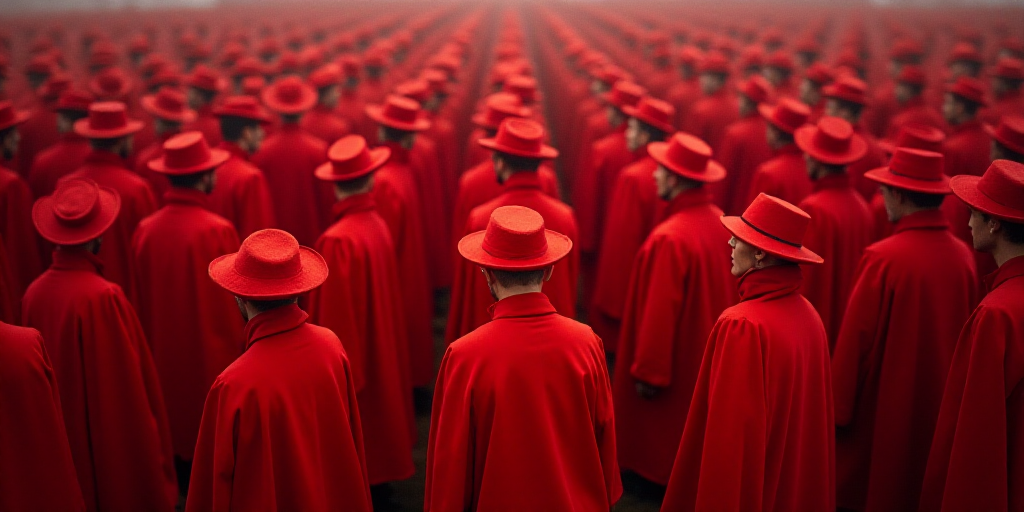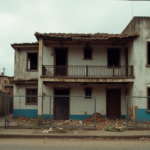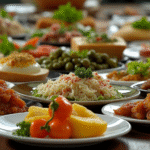Introduction
The 2025 conclave holds a unique historical significance, primarily due to the profound influence of social media on religious discourse. This article delves into how influencers, not traditional missionaries, are shaping the transmission of religious teachings in the digital age. While the conclave should ideally avoid speculation and online betting, the pervasive influence of these influencers is hard to ignore.
The Rise of Theological Marketing and Its Impact
The 2025 conclave stands out due to the rise of “theological marketing,” a phenomenon where religious ideas are promoted and disseminated using modern marketing strategies. This approach has led to a widespread belief that proximity to “papabile” candidates who align with Pope Francis’s proposals will determine the next papacy. However, the Christian faith asserts that the Holy Spirit guides in ways not always apparent to human reason (Romans 8:26-27).
St. Augustine’s Perspective
St. Augustine highlighted the imperfection of human knowledge and its dependence on divine illumination to attain truth. If this is true, the initial stages of the 2025 conclave may have faltered in this regard, though the outcome is expected to be different.
Resistance to Francis’s Proposal
While most agree that Pope Francis’s primary legacy is the return to Jesus and the emphasis on discipleship, internal resistance—often labeled as conservative—opposes his synodal proposal openly or subtly. They refer to this as the “sinodal Babel,” suggesting a breakdown in communication and understanding.
Francis’s proposal focuses on an ecclesial structure that embraces cultural diversity and a horizontal organization that would surpass Vatican control, potentially allowing laypeople and women to hold decision-making positions. However, the “theological marketing” argument suggests that the majority of cardinals will choose a “papabile” representing Francis’s proposals, overlooking the internal conflict these ecclesial changes create.
The significant audience on social media is more interested in issues like blessing same-sex couples and communion for the divorced, which Francis has addressed from a perspective of mercy. Yet, documents like Fiducia Supplicans confirm the Catholic Church’s enduring doctrine that only marital relations between a man and a woman are considered licit.
Francis’s Amoris Laetitia allows for pastoral discernment regarding divorced individuals remarrying, though it does not change doctrine. This has led to some discretion among bishops and uneven application of criteria.
Theological Divergences and Cardinal Appointments
The cardinals chosen by Francis may support his message or style but not necessarily his specific theological or ecclesial stances. Teologist Rafael Luciani, a key figure in synodality and Francis’s advocate in Latin America, acknowledges that “there is no guarantee the next papacy will follow Francis’s line.” He also notes that the continuation of the synodal process initiated by Francis will be a factor in discerning the next pope’s character.
Voting Process and Dynamics
The first vote will likely be exploratory, with 6 to 8 candidates, mostly synodal but none close to the required 2/3 majority.
Subsequent votes will differ, with a refining process that ensures a confrontation between tendencies. These decisions will be based on the continuity of the synodal reform, agreements on controversial aspects, and support from expectant sectors. If no clear choice emerges among the synodals, they will seek older “lukewarm” cardinals.
Media scrutiny and the dismissal of certain candidates may hasten the election within the conclave’s first three days. This dynamic and media bias are intended to thwart the emergence of a potential pope through excessive media exposure.
The Role of Tradition and Digital Discourse
Despite the Church’s unique dynamics, such as delayed implementation of Vatican II decisions, digital platforms have allowed for identifying trends before voting. Cardinals named may only share the theme of synodality, not unanimity in beliefs or practices.
Key Questions and Answers
- What is the 2025 conclave about? The 2025 conclave is significant due to the influence of social media on religious discourse and the rise of “theological marketing.”
- Who are the key figures in this process? Pope Francis, St. Augustine, and teologist Rafael Luciani play crucial roles in shaping the conclave’s dynamics.
- What are the main points of contention? Ecclesial structure, cultural diversity, and the roles of laypeople and women in decision-making are key issues.
- How will the voting process unfold? The process will involve exploratory votes, a refining phase, and potential seeking of older cardinals if no clear choice emerges.
- What is the role of tradition and digital discourse? Despite unique church dynamics, digital platforms have allowed for identifying trends and shaping the conclave’s course.






